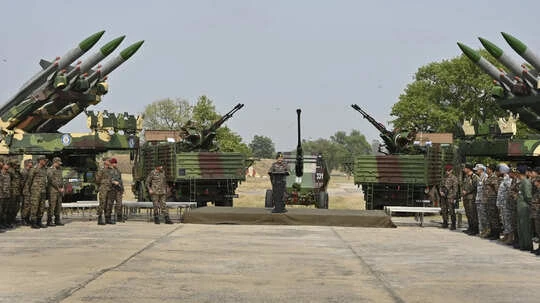High-value targets on the ground in India remained well-protected despite repeated and determined attacks by the Pakistan armed forces during the four days of fighting after the targeting of nine terror camps in response to the Pahalgam attacks.
A major reason for that was the Akash air defence missile. Buoyed by the success of Akash-1, the Defence Research and Development Organisation (DRDO) is working on the Akash-NG or Next Generation, which will have a longer range, up from 28 km to about 40-45 km. A longer range will also provide breathing space as enemy warplanes or missiles will be hit a longer distance away from the target.
The Akash NG trials are already on in the Balasore area, and several have been successful, sources said. Their acquisition is still a distance away as successful development trials are usually followed by user trials, and then, the manufacturing in sufficient quantities. But the fact that the Akash has proved itself in battle, intercepting Pakistan’s missiles during the conflict, provides additional fuel to these efforts. Doubts removed, providing additional range is being considered a less difficult proposition.
Along with the Akash, the MR-SAM or medium-range surface-to-air Missile’s performance in bringing down enemy missiles is also being considered successful. The Russian S-400 also performed well, bringing down a Pakistan Air Force Saab 2000 Erieye airborne warning and control system that was feeding information about Indian operational movements.
The Brahmos cruise missile (developed jointly by Russia and India) too has had its range extended from 290 to 450 km and it remained effective during the Operation Sindoor fighting. The Brahmos was responsible for much of the damage to Pakistani infrastructure, including the airfields. Its targets were struck accurately enough.
The unsung hero of the conflict was the IACSS or the Integrated Air Command and Control System, that the DRDO developed and Bharat Electronics built. It provided communication data and radar images (basically the entire picture) at one location in the operations rooms and other important locations. It provided, sources said, a “common operating picture,” necessary during the conflict.
